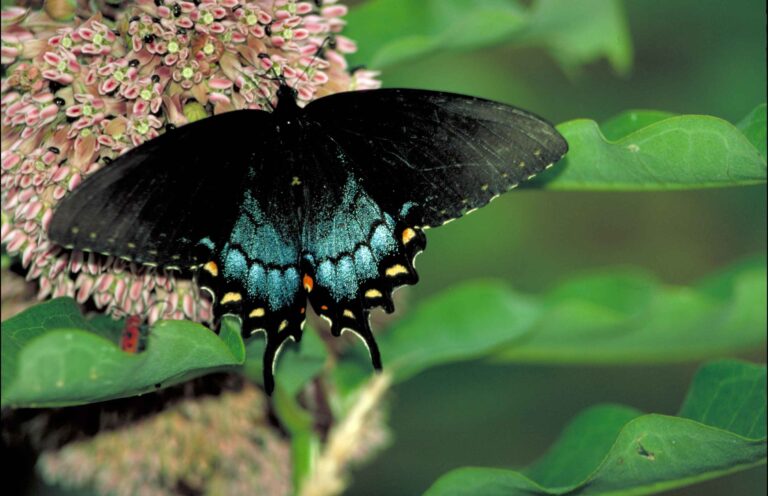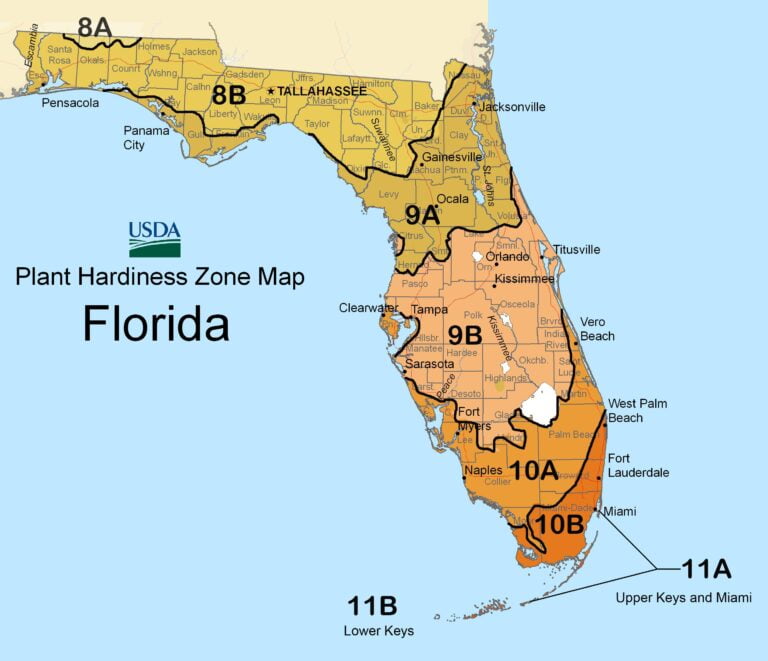The Great Milkweed Seed Conundrum: How to “Dispose” of Expired Seeds
Expired Milkweed seeds are not destined for the waste bin; they’re potential wildflowers waiting to bloom.

Expired Milkweed seeds are not destined for the waste bin; they’re potential wildflowers waiting to bloom.

Plant More Milkweed—even just scattering seeds in suitable locations—is a simple yet powerful action that can have profound ecological benefits.

Known for its stunning appearance and fascinating life cycle, the Spicebush Swallowtail is a favorite among butterfly enthusiasts and nature lovers alike.

Narrowleaf Milkweed (Asclepias fascicularis) is native to the western United States. It can be found growing in a variety of habitats, including grasslands, open woodlands, and along roadsides.

Savannah Milkweed (Asclepias pedicellata) is an essential component of the southeastern United States’ natural heritage.

Turns out, while it doesn’t make cheese, and it’s not a weed, Milkweed is a favorite among Monarch Butterflies and can be found all across Wisconsin’s pastures, prairies, and forests.

In Florida, you’ll find a total of eight USDA subzones: 8a through 11b.

The Gulf Fritillary’s existence is intimately connected to the genus Passiflora and particularly the Maypop Purple Passionvine.